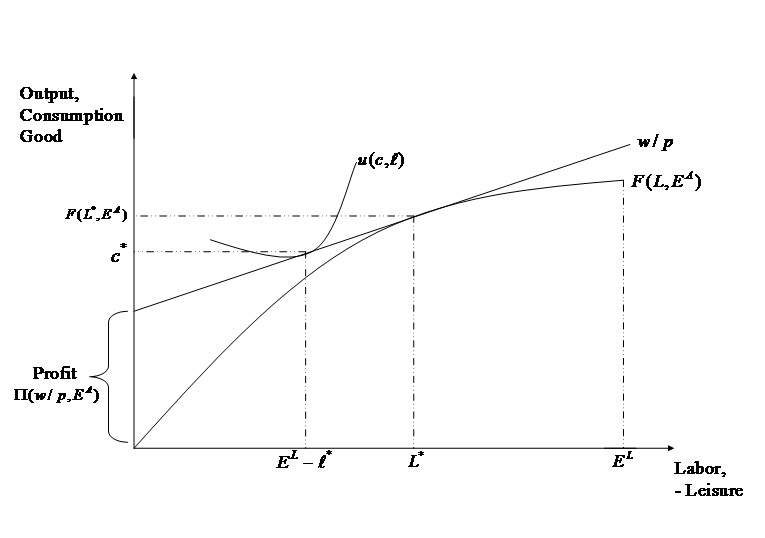First, a new working paper by Patrick Francois et al.:
This paper presents new evidence on the power sharing layout of national political elites in a panel of African countries, most of them autocracies. We present a model of coalition formation across ethnic groups and structurally estimate it employing data on the ethnicity of cabinet ministers since independence. As opposed to the view of a single ethnic elite monolithically controlling power, we show that African ruling coalitions are large and that political power is allocated proportionally to population shares across ethnic groups. This holds true even restricting the analysis to the subsample of the most powerful ministerial posts. We argue that the likelihood of revolutions from outsiders and the threat of coups from insiders are major forces explaining such allocations. Further, over-representation of the ruling ethnic group is quantitatively substantial, but not different from standard formateur premia in parliamentary democracies. We explore theoretically how proportional allocation for the elites of each group may still result in misallocations in the non-elite population.
The emphasis is mine, and in light of my one-observation sample — the 2009 coup d’état in Madagascar — I can’t say that I am surprised.
Second, a new working paper by Rainer and Trebbi:
The study of autocracies and weakly institutionalized countries is plagued by scarcity of information about the relative strength of different players within the political system. This paper presents novel data on the composition of government coalitions in a sample of fifteen post-colonial African countries suited to this task. We emphasize the role of the executive branch as the central fulcrum of all national political systems in our sample, especially relative to other institutional bodies such as the legislative assembly. Leveraging on the impressive body of work documenting the crucial role of ethnic fragmentation as a main driver of political and social friction in Africa, the paper further details the construction of ethnic composition measures for executive cabinets. We discuss how this novel source of information may help shed light on the inner workings of typically opaque African political elites.
Again, the emphasis is mine.
